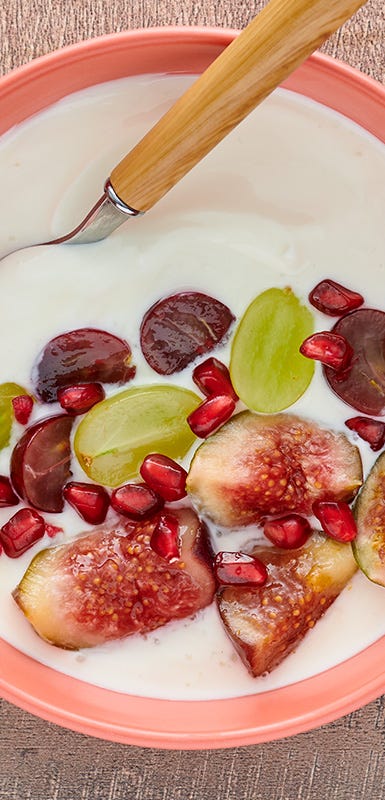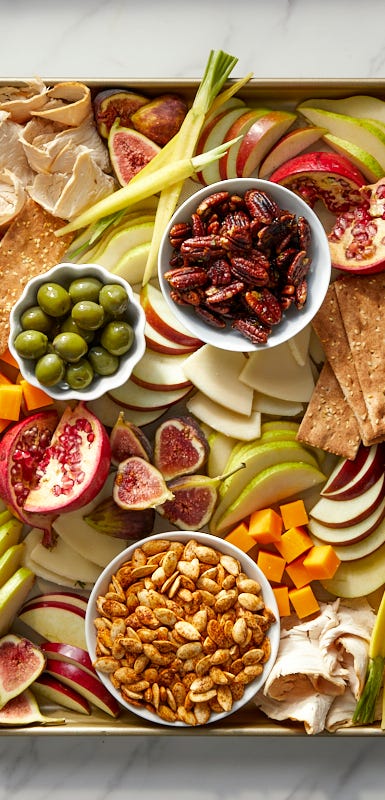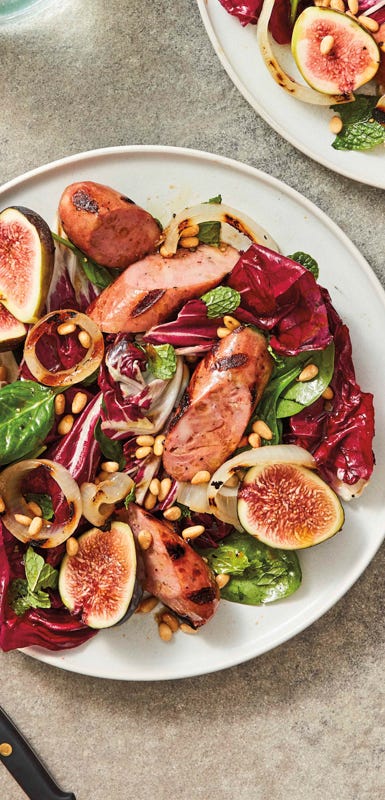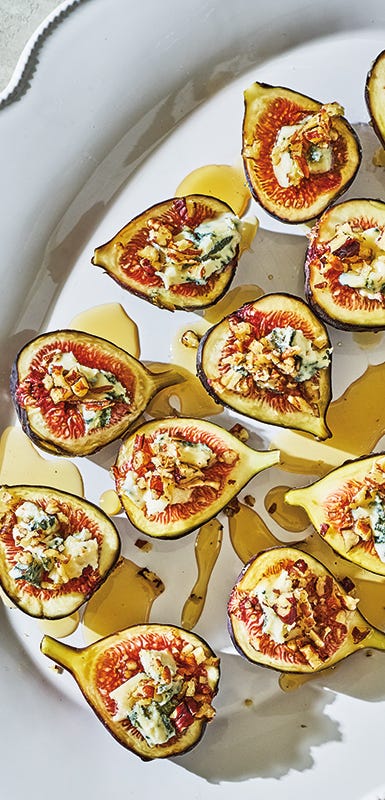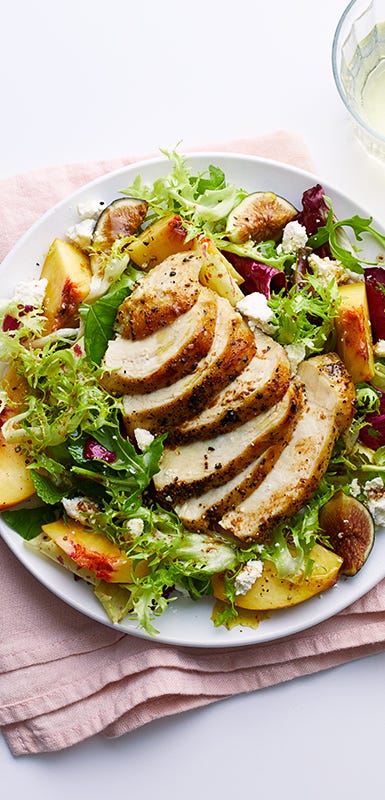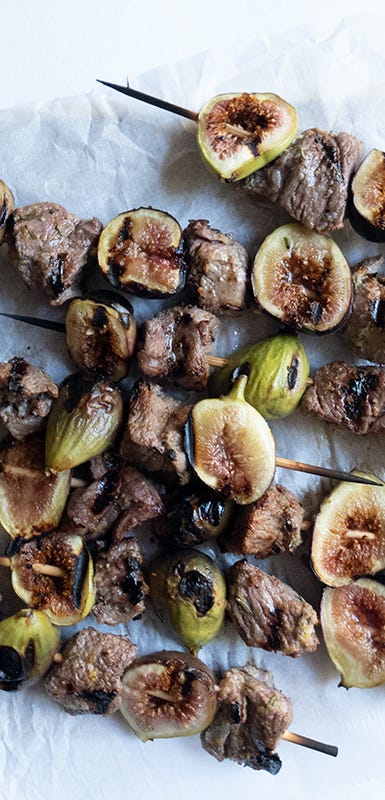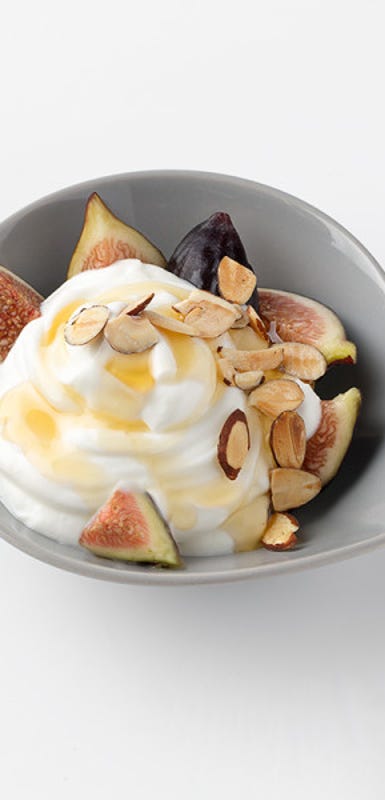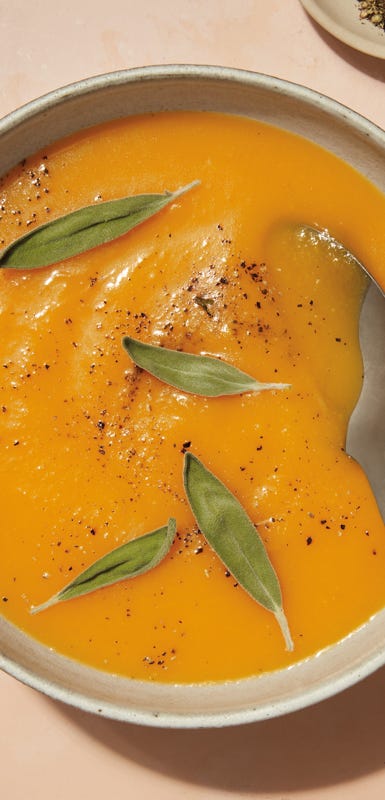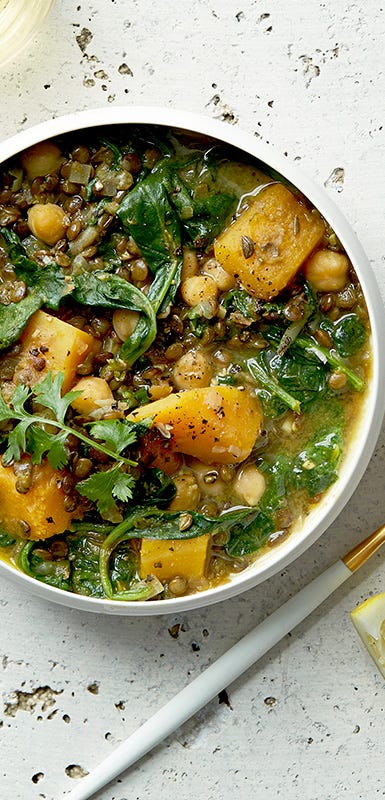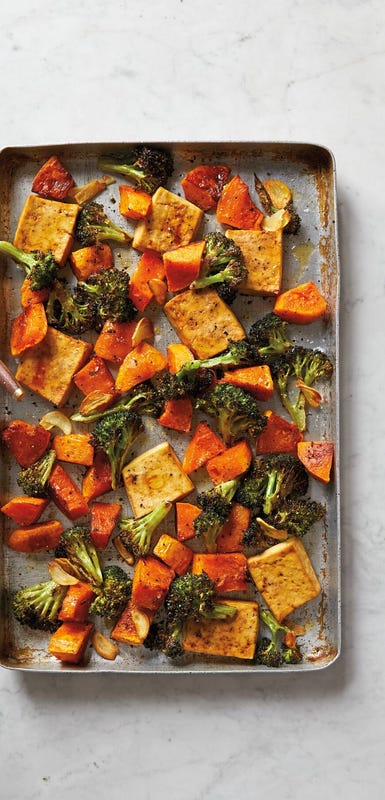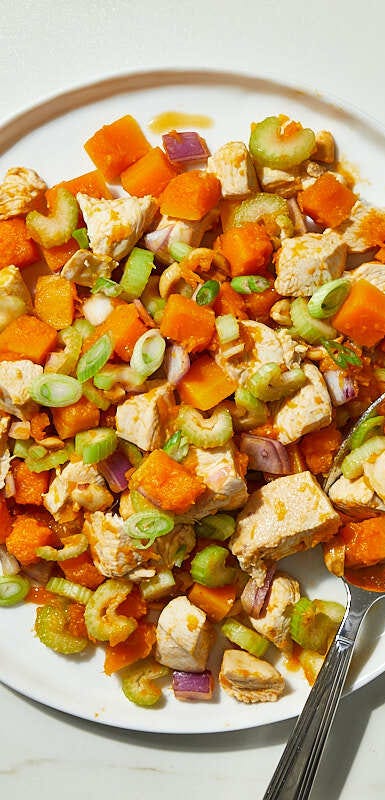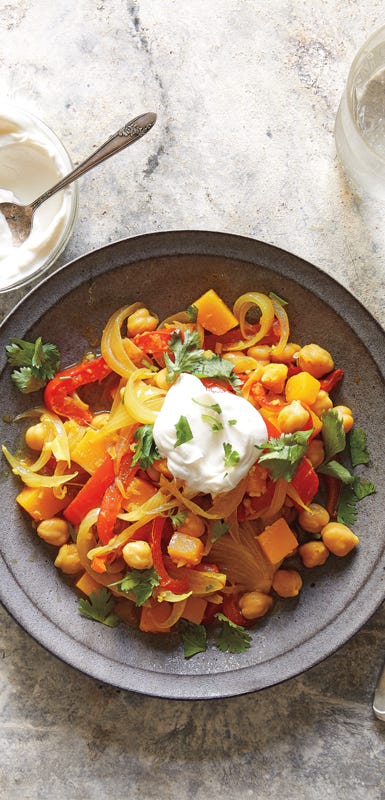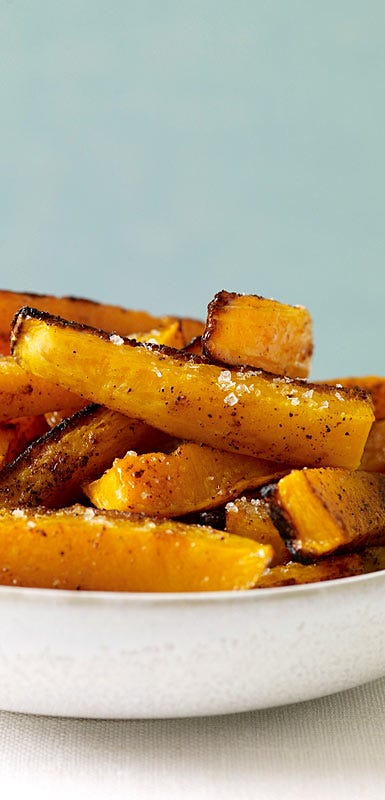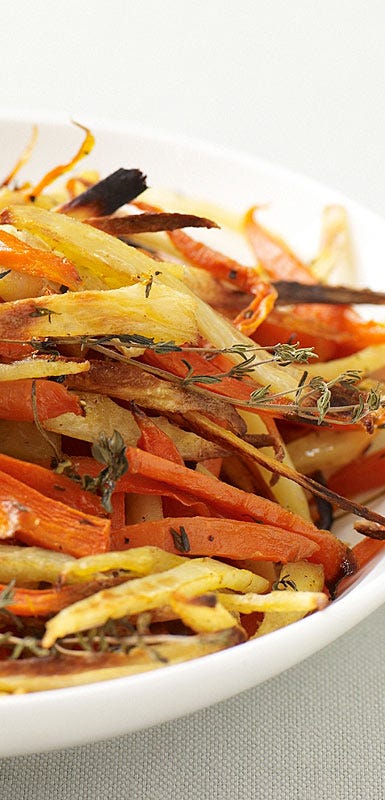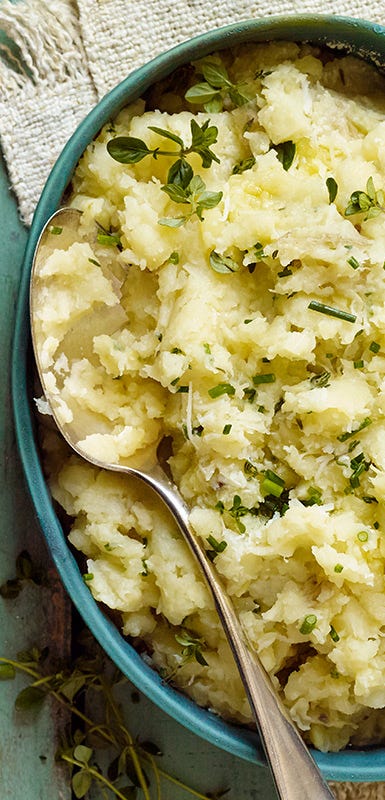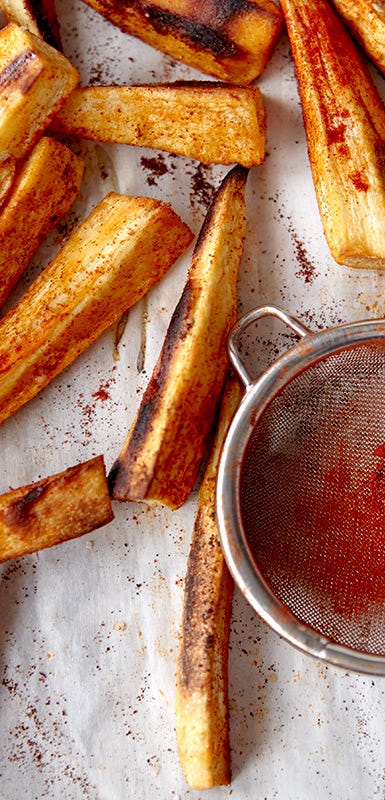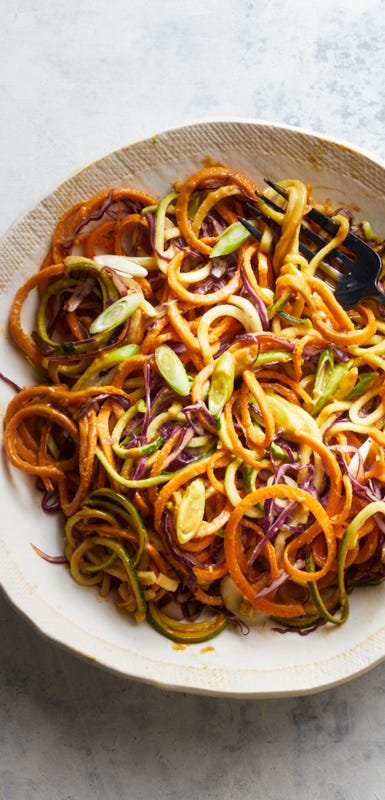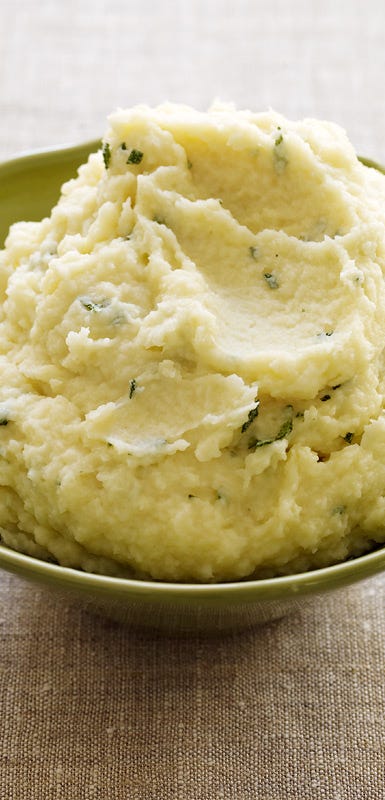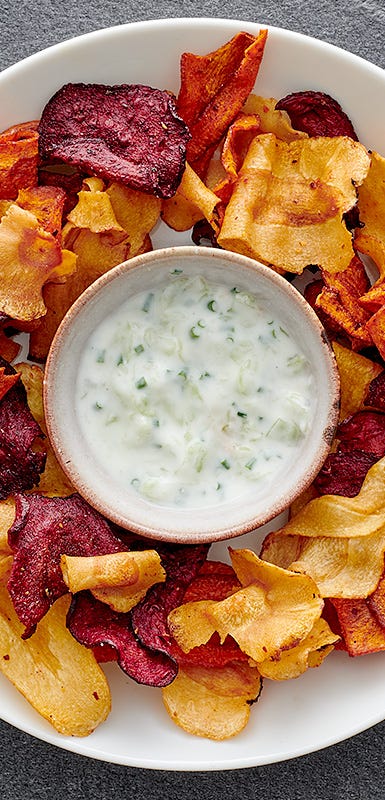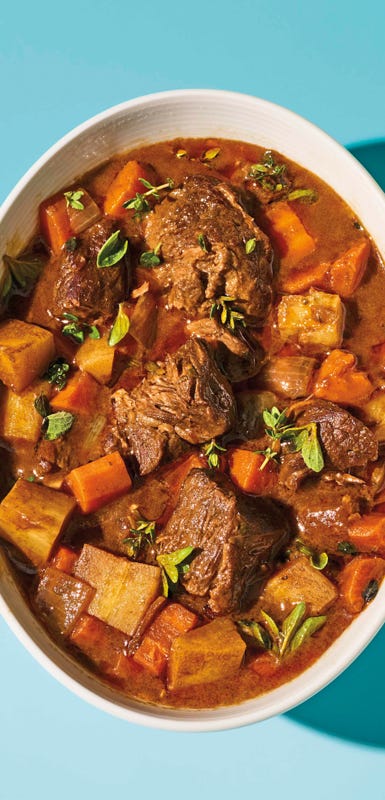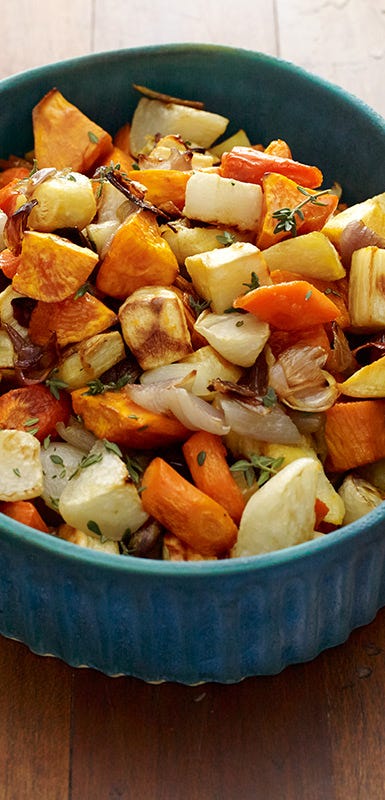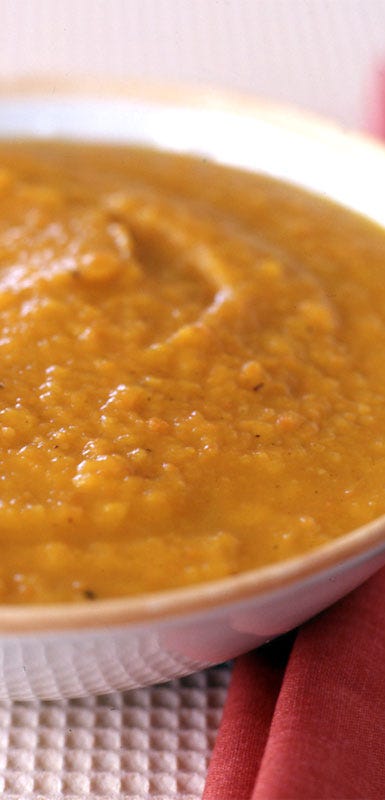32 Ways to Use October’s Best Produce


You may think that all the sweet stuff comes to farmers’ markets in the summer, but the fall brings tons of sweet fruit and veggie options too—and no, we don’t just mean apples. Read on to learn how to buy and use the best October has to offer, including figs, butternut squash, and parsnips.
Figs
Fresh, ripe figs should be soft and yield slightly to the touch, but not be mushy. Look for figs with clean, dry skin. If you pick up a box of figs and notice a sour smell or fruit with broken skin, they’re probably old or overripe. Perfectly ripe figs have a short lifespan; store them in the fridge for about three days. Fresh figs are a good source of fiber, calcium, and potassium and are great in sweet-and-savory preparations.
Our Best Fig Recipes
Butternut Squash
If you’re purchasing a whole squash, look for one that’s hard with unblemished, smooth skin and a sturdy stem (avoid any with mushy spots or bruises). Whole squash can last for a few months when stored in a cool, dry place. If you’re looking to save time, buy a package of already peeled, cubed squash; just avoid any that looks slimy. If they’re not already, cut them into same-size cubes when you get home so they all cook at the same rate. Fresh cut squash should last about five days in the fridge. Butternut squash, like most winter squash, is an excellent source of vitamins A and C, potassium, and fiber.
Our Best Butternut Squash Recipes
Parsnips
These veggies that look like white carrots have a sweet, anise-like flavor and are as easy to prepare as other root vegetables. Look for parsnips that are firm with smooth, creamy-beige skin. For easier peeling and cutting, try to find ones that are all the same shape, without any odd bumps and twists. Refrigerate parsnips in your produce drawer, loosely wrapped in a paper towel in a plastic bag, for one to two weeks. Parsnips are rich in potassium, folic acid, and vitamin C.

